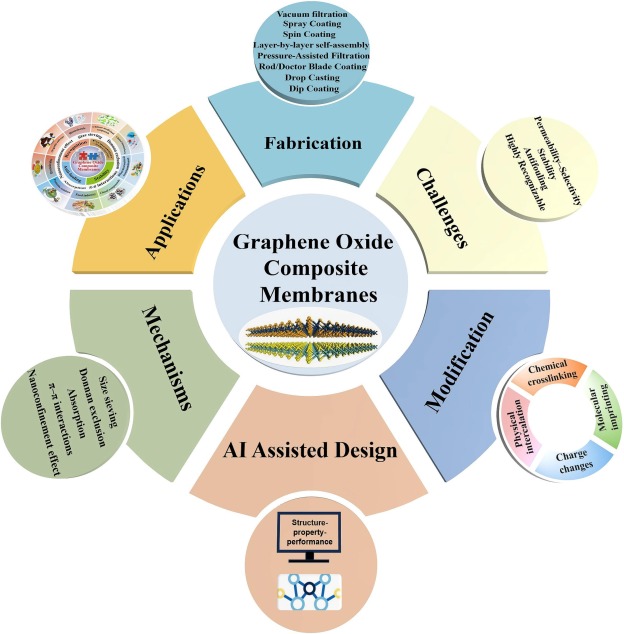
—
# Leveraging Graphene Gels: A Revolutionary Advance in Pharmaceutical Crystallisation Management
In a significant advancement for drug manufacturing, a collaboration of chemists and chemical engineers from Durham University and East China University of Science and Technology has developed a graphene-based supramolecular gel matrix that adeptly controls the crystallisation of pharmaceuticals. This groundbreaking gel framework paves the way for the selective generation of various crystalline forms—or polymorphs—of active pharmaceutical ingredients (APIs), addressing a persistent challenge in the realm of drug development.
## The Crystallisation Challenge in Pharmaceuticals
Crystallisation is pivotal in defining the solid-state characteristics of pharmaceutical substances, influencing factors such as stability, solubility, and bioavailability. Nonetheless, traditional solution crystallisation techniques often prove inadequate. They frequently struggle to consistently control the emergence of specific polymorphs, which may affect the safety and efficacy of medications.
Polymorphism in pharmaceuticals is not merely an academic interest—it is essential for product performance. Different polymorphs can present radically divergent dissolution speeds, stability levels, and even therapeutic impacts. Therefore, it is crucial for the pharmaceutical sector to establish reliable methods for managing and investigating polymorph development.
## Untapped Potential of Graphene – and Existing Challenges
Graphene, celebrated for its extensive surface area and distinctive chemical characteristics, has garnered interest as a potential framework for crystallisation. However, its limited solubility in most solvents has historically hindered its applicability in these contexts. Researchers have faced challenges in integrating graphene into solution-based setups while retaining its remarkable qualities and providing the necessary flexibility for crystallisation research.
## A Sophisticated Answer: The Supramolecular Gel System
Under the leadership of Jonathan Steed at Durham University, the team tackled the solubility barrier by innovating a supramolecular gel system utilizing gelators modified with pyrene end groups. These pyrene components engage with graphene sheets through π–π stacking interactions, resulting in a stable and uniform integration into the gel.
To enhance the system further, the researchers added hydroxyl groups to develop hydroxylated graphene (Gr-OH). These enhancements improve graphene’s solubility within the gel network and introduce hydrophilic features that can participate in hydrogen bonding, thereby further stabilizing drug entities during crystallisation.
‘There’s a method to the madness,’ Steed emphasizes, highlighting the intentional selection of a polar form of graphene to align with the chemical nature of pharmaceutical compounds. The resultant Gr-OH gel showcases increased rigidity, a lower critical gel concentration than standard graphene gels, and adaptable characteristics appropriate for managing crystallisation.
## Visual Confirmation: Verifying the Gel Structure
Analyses through electron microscopy and fluorescence spectroscopy validated the successful creation of the gel matrix and the effective incorporation of graphene. These characterization methods unveiled a robust and intricate network where molecules can nucleate and develop into the desired crystalline shapes.
## Practical Uses: Accelerated and Targeted Crystallisation
The research team evaluated the Gr-OH hybrid gel matrix with various model pharmaceutical substances, including glycine, caffeine, and aripiprazole. Interestingly, the hybrid system facilitated the emergence of distinct polymorphs and significantly expedited crystallisation processes, especially for caffeine.
The ability to accelerate crystallisation and direct polymorph selection signifies a considerable step forward in pharmaceutical preformulation studies, where the early identification of optimal solid forms can significantly impact the pathway of new drug development.
Ashwini Kumar Nangia, a specialist in materials chemistry and crystallography from the University of Dehradun, commended the design as “very elegant and smart,” highlighting how the Gr-OH hybrid optimizes both π–π stacking for stabilization and hydrogen bonding for hydrophilicity, offering a potent and adaptable platform for crystallisation inquiries.
## Future Horizons
Steed notes that a primary near-term application of the Gr-OH gels will occur in the initial phases of drug development, when only minimal quantities of a new API are present. During this stage, the capability to swiftly screen for polymorphs can inform strategic decisions regarding formulation methods.
Nangia foresees even broader applications for the system, proposing its use in discovering new polymorphs of established compounds, inducing polymorphism in previously monomorphic materials, and possibly even examining intricate cocrystal systems.
‘[The gels] represent just one more instrument in the toolkit of developing crystallisation techniques that are hoped to be broadly applicable,’ states Steed. Unlike approaches customized to specific compounds, these supramolecular gels offer a versatile, widely applicable method for managing pharmaceutical crystallisation.
## Conclusion
This graphene-based supramolecular gel signifies a notable advancement in the field of pharmaceutical materials science. By merging the unique characteristics of functionalized graphene with the adaptability of supramolecular gel chemistry, researchers have devised a formidable new approach to investigate and regulate crystal forms in drug compounds. As pharmaceutical companies strive for improved means to enhance drug formulation and functionality, systems like the Gr-OH gel could soon prove vital in drug development laboratories around the globe.
—